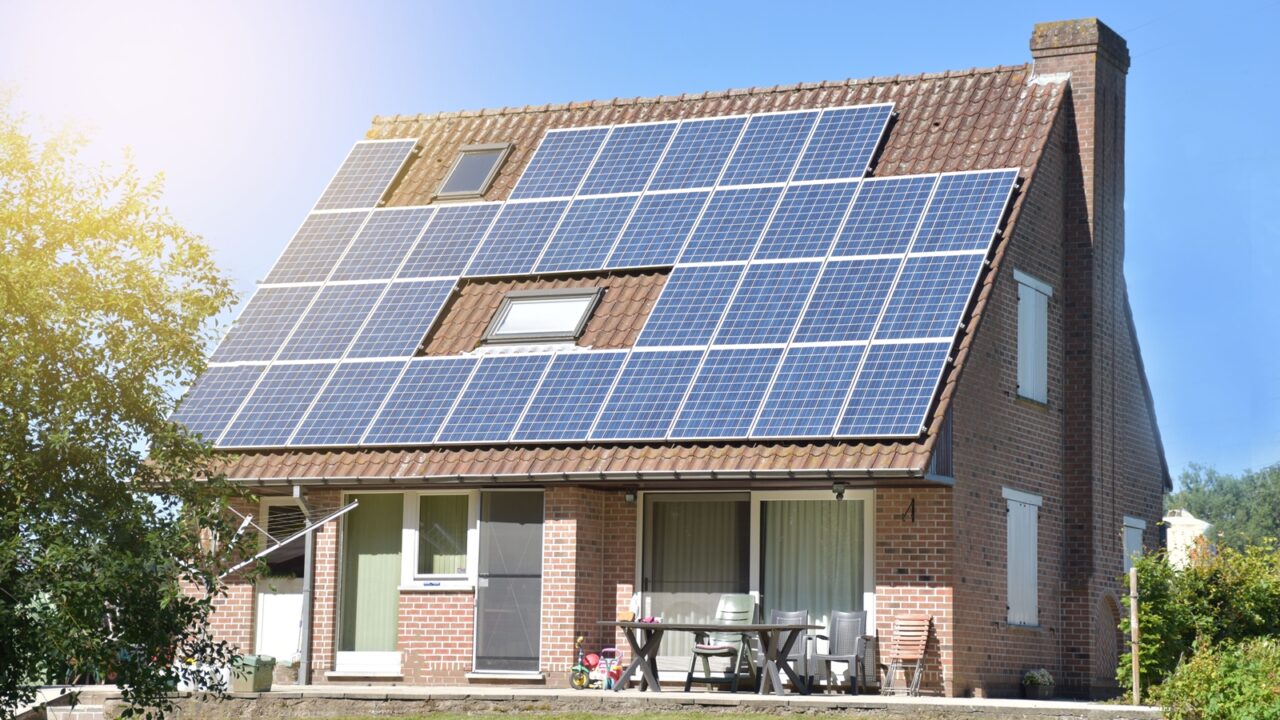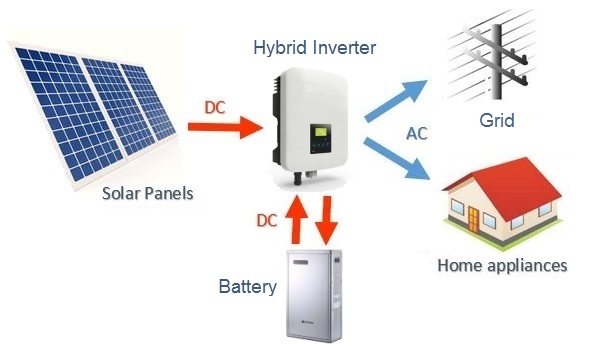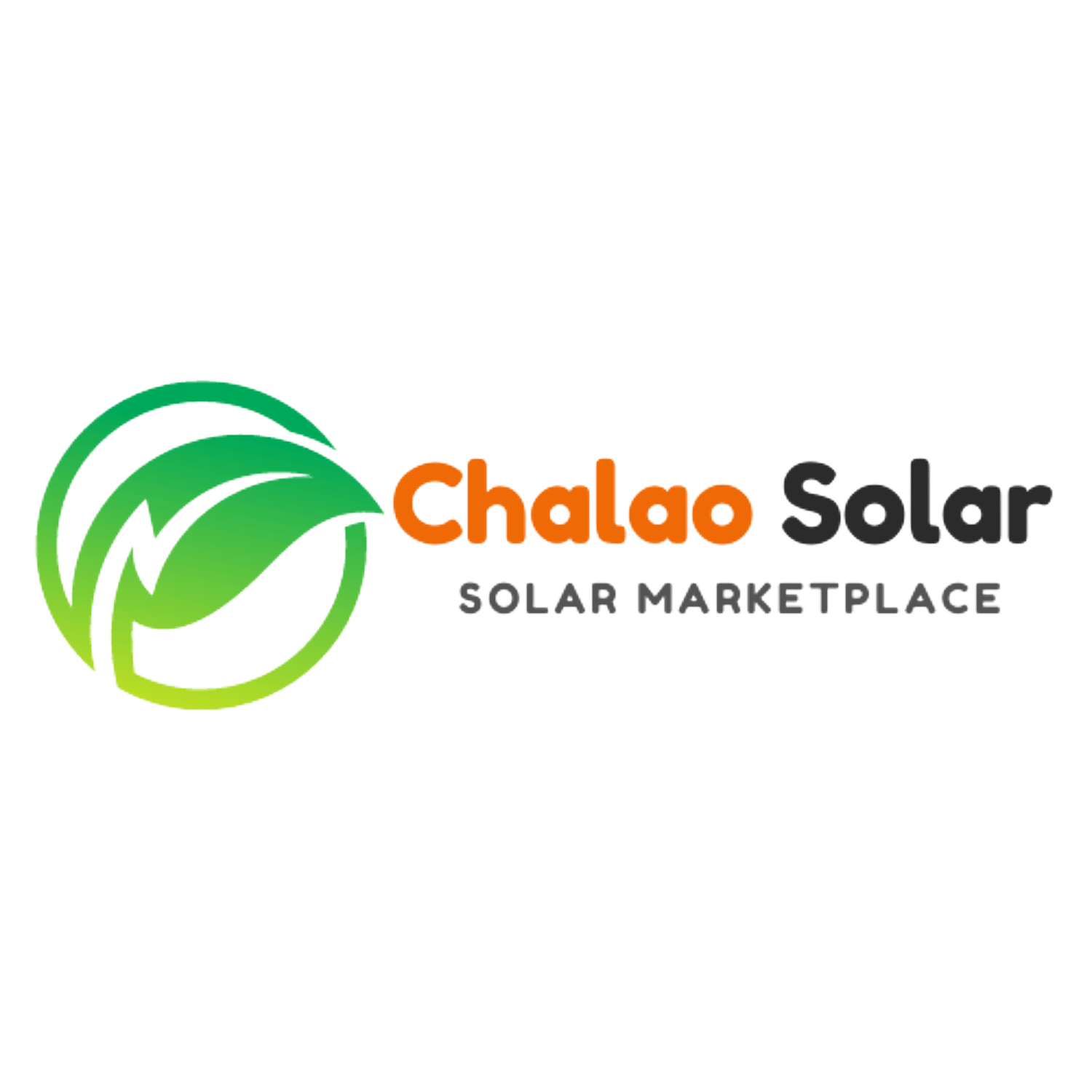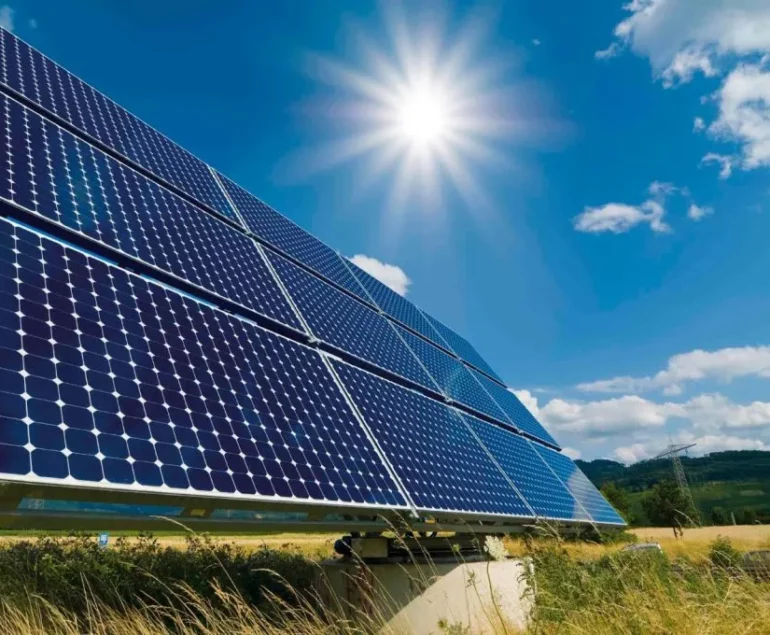Introduction
In today’s world, where environmental concerns are growing and renewable energy is gaining popularity, finding sustainable solutions for our energy needs is essential. One such solution is transforming your Uninterruptible Power Supply (UPS) into a hybrid solar system.

By combining the benefits of solar power with the reliability of a UPS, you can create an efficient and eco-friendly energy backup system.
In this article, we will explore the steps and advantages of converting your UPS into a hybrid solar system.
How to Make Your UPS to Hybrid Solar System?
Understanding the Basics of a Hybrid Solar System
Before we delve into the process of converting your UPS into a hybrid solar system, let’s first understand what it entails. A hybrid solar system combines solar power with traditional electrical power sources to provide electricity. It consists of solar panels, a charge controller, batteries, and an inverter.

The solar panels capture sunlight and convert it into electricity, which is then stored in batteries for later use. The inverter converts the stored DC (direct current) power into AC (alternating current) power that can be used to run electrical devices.
Step 1: Assessing Your UPS
The first step in transforming your UPS into a hybrid solar system is assessing your existing UPS. Identify its power needs, battery backup time, and capacity. You can use this information to determine how many solar panels and batteries you’ll need for the system.
Step 2: Calculating Power Requirements
You must take into account the wattage of the gadgets you plan to power during a power outage when calculating the power requirements. List these devices and record their wattage specifications. To calculate the total power use, add the wattage numbers together. You can use this calculation to determine the necessary capacity of the solar panels and batteries.
Step 3: Selecting Solar Panels
Choosing the right solar panels is crucial for an efficient hybrid solar system. Look for high-quality panels with a higher conversion efficiency. Monocrystalline and polycrystalline solar panels are common choices. Consider factors such as available roof space and budget while selecting the panels.
Step 4: Installing Solar Panels
Once you have chosen the solar panels, it’s time to install them. Find a suitable location with maximum sunlight exposure throughout the day. Ensure that the panels are securely mounted and angled correctly for optimal sunlight absorption. It’s advisable to consult a professional for the installation to ensure safety and efficiency.
Step 5: Adding a Charge Controller and Batteries
A charge controller is an essential component of a hybrid solar system. It regulates the flow of electricity between the solar panels and batteries, preventing overcharging and maximizing battery life. Select a charge controller that matches the voltage and capacity of your solar panels and batteries.
Next, connect the batteries to the charge controller. The batteries store the excess solar energy generated during the day for use during power outages. Choose deep-cycle batteries that are designed for renewable energy systems. Connect the batteries in series or parallel, depending on your system requirements.
Step 6: Integrating the Inverter
To convert the stored DC power into AC power, you need to integrate an inverter into your hybrid solar system. The inverter should have sufficient capacity to handle the maximum power requirements of your connected devices. Consider a pure sine wave inverter for smooth and clean power output.
Connect the inverter to the batteries and the load panel of your UPS. The load panel distributes power to your electrical devices during a blackout. Ensure that the connections are secure and follow the manufacturer’s guidelines for proper wiring and safety precautions.
Step 7: Configuring the System
Once all the components are installed and connected, it’s time to configure the system. Consult the user manual of your UPS and inverter to set the charging parameters, battery settings, and other necessary configurations. This step ensures that the system operates efficiently and optimizes the use of solar power.
Step 8: Testing and Monitoring
After configuring the system, conduct thorough testing to ensure everything is functioning correctly. Test the system’s ability to switch seamlessly between solar power and grid power during blackouts. Monitor the battery levels, solar power generation, and overall system performance regularly to identify any issues or adjustments that may be required.
Step 9: Maximizing Solar Power Utilization
Consider implementing energy-saving strategies like employing LED lighting, energy-efficient appliances, and enough insulation in your house or business to make the most of solar electricity. As a result, your hybrid solar system may more effectively meet your energy needs while using less total electricity.
Step 10: Maintaining Your Hybrid Solar System
To preserve the durability and effectiveness of your hybrid solar system, routine maintenance is essential. Periodically clean trash and dust from the solar panels to improve their efficiency. Verify the system integrity overall, the electrolyte levels (if necessary), and the battery connections. Check the connections and wiring for any wear or damage. It’s also advised to plan expert maintenance inspections to find and fix any potential problems.
Frequently Asked Questions (FAQs)
Q1: How much does it cost to convert a UPS into a hybrid solar system?
A1: The cost of converting a UPS varies depending on factors such as the capacity of the system, the number of solar panels and batteries required, and the quality of the components. It’s advisable to consult with solar energy experts or installers to get accurate cost estimates based on your specific requirements.
Q2: Can I use my existing UPS for a hybrid solar system?
A2: In most cases, you can use your existing UPS for a hybrid solar system. However, it’s essential to assess its capacity and compatibility with the solar components. Some older UPS models may not be suitable for integration with solar power systems. Consult the manufacturer or a professional to determine if your UPS is compatible.
Q3: How long can a hybrid solar system power my devices during a blackout?
A3: The backup time provided by a hybrid solar system depends on the capacity of the batteries, the power consumption of the connected devices, and the amount of solar power generated. It’s advisable to calculate the power requirements accurately and choose the battery capacity accordingly to ensure sufficient backup time.
Q4: Can I sell excess solar power generated by my hybrid solar system?
A4: Yes, it is possible to sell excess solar power back to the grid in some regions. This process, known as net metering or feed-in tariff, allows you to earn credits or receive payments for the surplus electricity you generate. Check with your local utility provider or government regulations to determine if this option is available in your area.
Q5: Is it possible to expand this hybrid system in the future?
A5: Yes, hybrid solar systems are expandable. If you plan to increase your solar power capacity or add more batteries in the future, consult with a professional to ensure that the system can accommodate the expansion. Proper planning and integration are necessary to maintain the efficiency and balance of the system.
Q6: What are the advantages of a hybrid solar system over a standalone UPS?
A6: It offers several advantages over a standalone UPS. It utilizes clean and renewable solar power, reducing dependency on fossil fuel-based electricity. It provides longer backup times and reduces electricity costs. The integration of solar power allows for a more sustainable and eco-friendly energy solution. Additionally, it provides greater reliability during prolonged power outages, as it combines the benefits of both solar power and traditional electrical power sources.
Conclusion
Transforming your UPS into a hybrid solar system is a practical and sustainable solution for backup power needs. By harnessing the power of the sun, you can reduce your carbon footprint, lower energy costs, and ensure uninterrupted power supply during outages.
The step-by-step process outlined in this article will guide you through the conversion process, from assessing your UPS to integrating solar panels, batteries, and an inverter. Remember to consult professionals when needed and maintain your hybrid solar system for optimal performance.





